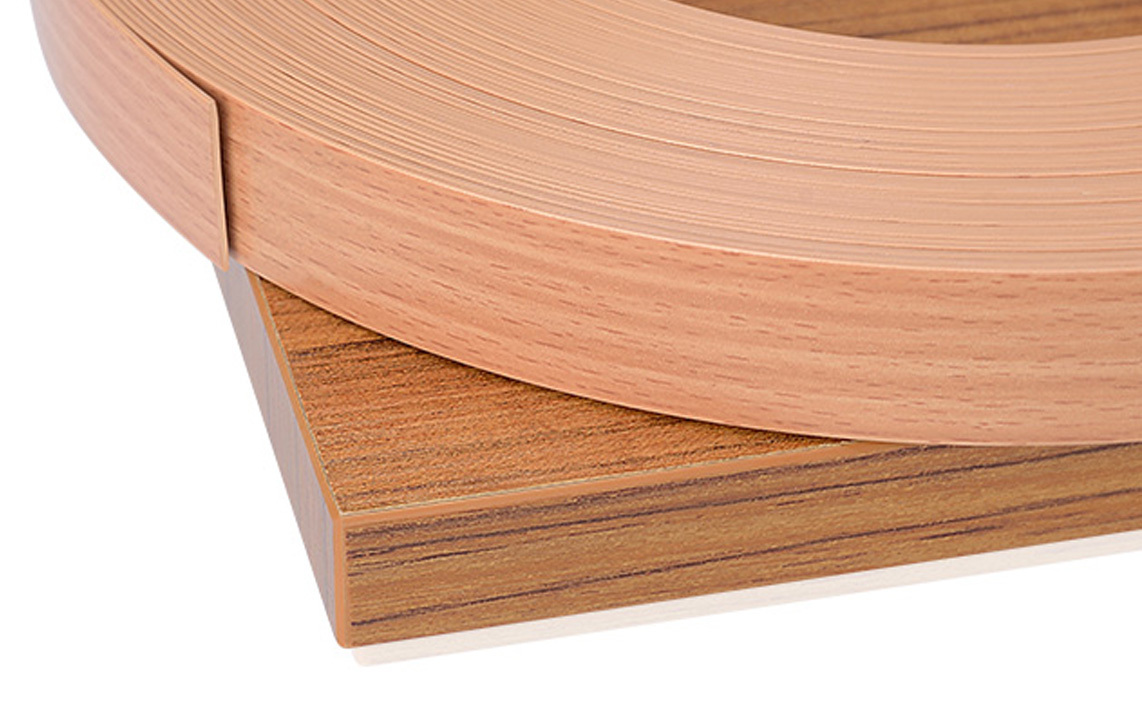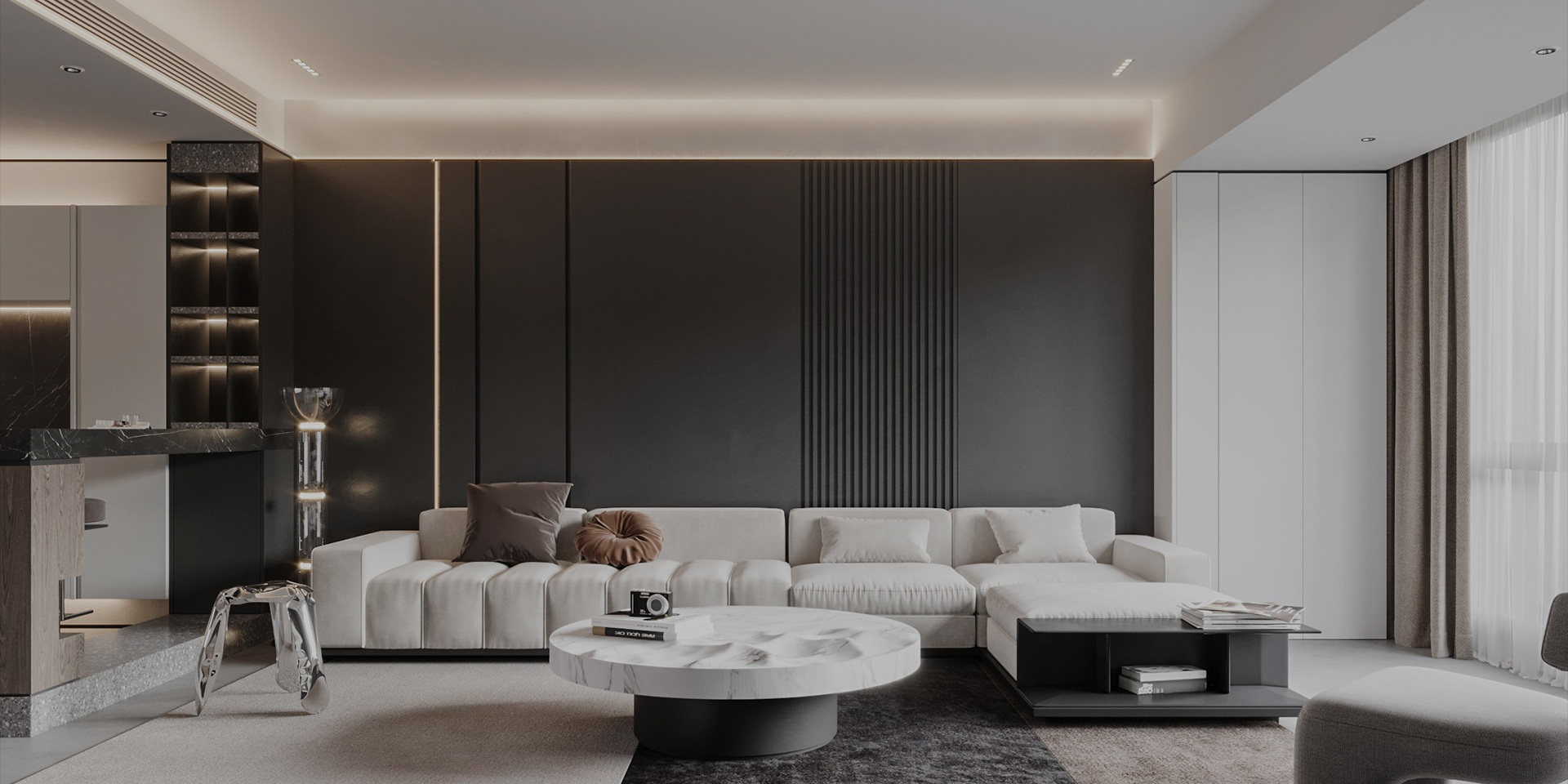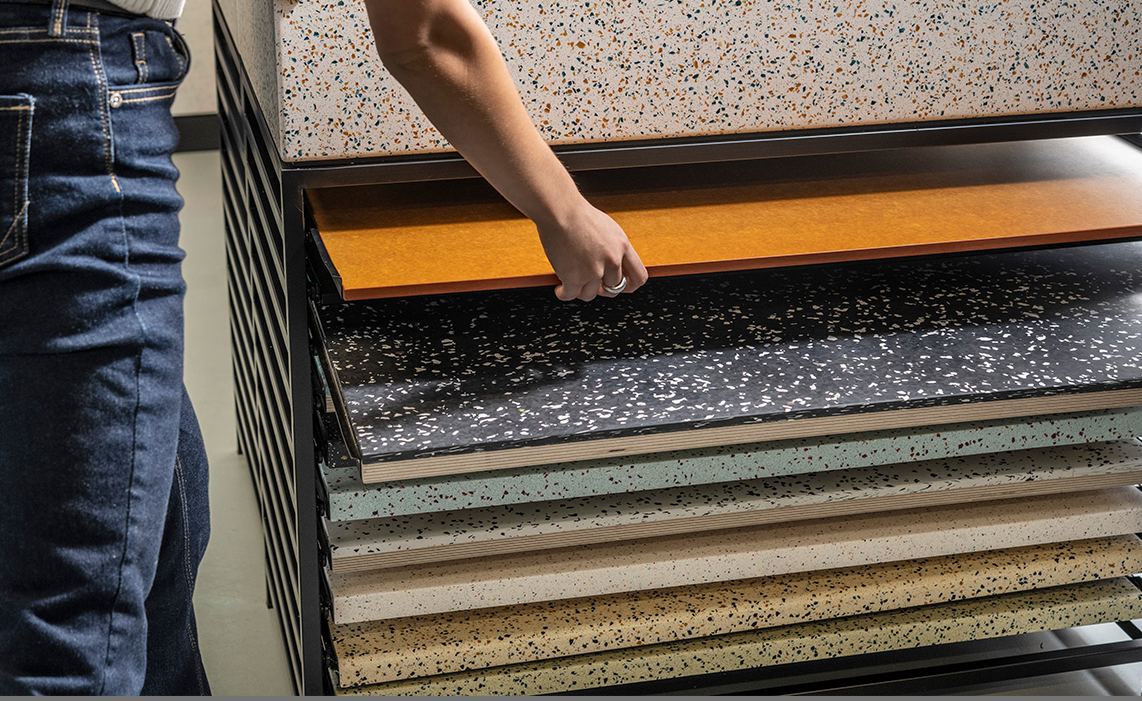Upgrade Your Interiors: The Role of PVC Edge Banding in Panel Finishing
Upgrade Your Interiors: The Role of PVC Edge Banding in Panel Finishing Table of Contents 1. Introduction to PVC Edge Banding 2. What is PVC Edge Banding? 3. The Importance of Panel Finishing 4. Benefits of Using PVC Edge Banding 4.1 Durability and Longevity 4.2 Aesthetic Appeal 4.3 Versatility in Design 5. Types of PVC Edge Banding 5.1 Thickness Variations 5.2 Colors and Patterns 5.3 Surface Fini
Release time:
12 Oct,2025
Upgrade Your Interiors: The Role of PVC Edge Banding in Panel Finishing
Table of Contents
1. Introduction to PVC Edge Banding
2. What is PVC Edge Banding?
3. The Importance of Panel Finishing
4. Benefits of Using PVC Edge Banding
4.1 Durability and Longevity
4.2 Aesthetic Appeal
4.3 Versatility in Design
5. Types of PVC Edge Banding
5.1 Thickness Variations
5.2 Colors and Patterns
5.3 Surface Finishes
6. How to Install PVC Edge Banding
6.1 Preparation of the Panels
6.2 Application Techniques
6.3 Tools Required for Installation
7. Maintenance Tips for PVC Edge Banding
8. Frequently Asked Questions (FAQs)
9. Conclusion
1. Introduction to PVC Edge Banding
In today’s world of interior design and home improvement, details matter. The finishing touches can make or break the appearance of your living spaces. Among these details, **PVC edge banding** plays a crucial role in transforming plain panel edges into polished, aesthetically pleasing finishes. This article aims to explore the fundamental aspects of **PVC edge banding** and its significant impact on interior design.
2. What is PVC Edge Banding?
PVC edge banding is a thin strip of **polyvinyl chloride** (PVC) material that is applied to the exposed edges of furniture panels, cabinets, and other surfaces. This material serves both functional and decorative purposes. By encasing raw edges, PVC edge banding protects them from wear and tear, moisture, and other environmental factors while enhancing the visual appeal of the furniture.
3. The Importance of Panel Finishing
Panel finishing is a pivotal step in furniture production and interior design. It ensures that the edges are not only protected but also contribute to the overall design aesthetic. In professional settings, well-finished panels reflect quality craftsmanship, helping to elevate the brand’s image. Furthermore, for homeowners, high-quality finishes can significantly enhance the functionality and longevity of furniture pieces.
4. Benefits of Using PVC Edge Banding
4.1 Durability and Longevity
One of the primary reasons to use PVC edge banding is its outstanding durability. PVC is resistant to scratches, impacts, and moisture, ensuring that the edges remain intact and visually appealing over time. This longevity is particularly crucial in high-traffic areas where furniture experiences frequent use.
4.2 Aesthetic Appeal
PVC edge banding comes in various colors, patterns, and finishes, allowing homeowners and designers to choose options that seamlessly blend into their design schemes. Whether opting for a sleek, modern look or a more traditional aesthetic, the right edge banding can enhance the overall appearance of the furniture.
4.3 Versatility in Design
PVC edge banding is versatile in its application. It can be used on various materials, including MDF, particleboard, and plywood. This flexibility enables designers to use it across different projects, from kitchen cabinets to office furniture, ensuring a consistent look throughout the space.
5. Types of PVC Edge Banding
5.1 Thickness Variations
PVC edge banding is available in various thicknesses, typically ranging from 0.4mm to 3mm. The choice of thickness often depends on the application and the desired level of protection. Thicker banding offers increased durability, making it suitable for high-use areas.
5.2 Colors and Patterns
When it comes to aesthetics, the color and pattern of PVC edge banding should align with the overall design. Options range from solid colors that match the panel to wood grain patterns that mimic the appearance of natural wood. This variety allows for creative expression in interior design.
5.3 Surface Finishes
Surface finishes of PVC edge banding can vary widely, including high gloss, matte, and textured finishes. The choice of finish can significantly affect the overall look and feel of the furniture. High gloss finishes can create a contemporary look, while matte finishes offer a more subdued and elegant appearance.
6. How to Install PVC Edge Banding
Installing PVC edge banding is a straightforward process that can significantly enhance furniture appearance. Below are the essential steps for a successful installation.
6.1 Preparation of the Panels
Before applying the edge banding, ensure that the panel edges are clean, smooth, and free from dust or debris. This preparation is crucial for ensuring a strong bond between the banding and the panel.
6.2 Application Techniques
There are several methods for applying PVC edge banding, including using a hot melt glue, pre-glued options, or an edge banding machine. The choice of method will depend on the scale of the project and the tools available.
6.3 Tools Required for Installation
To effectively install PVC edge banding, you will need a few essential tools, including:
- Utility knife or scissors for cutting the banding
- Edge banding trimmer for a clean finish
- Iron (for hot melt adhesive)
- Roller or pressure tool to ensure proper adhesion
7. Maintenance Tips for PVC Edge Banding
To maintain the fresh appearance of PVC edge banding, regular cleaning is essential. Use mild detergents and avoid abrasive materials that can scratch the surface. Additionally, check for any peeling or damage and address these issues promptly to extend the life of the edge banding.
8. Frequently Asked Questions (FAQs)
Q1: Can PVC edge banding be used outdoors?
A: While PVC edge banding is durable and moisture-resistant, it is primarily designed for indoor applications. Prolonged exposure to harsh outdoor conditions may lead to deterioration.
Q2: How do I choose the right color for my PVC edge banding?
A: Consider the overall color scheme of your furniture and surrounding decor. Opt for colors that complement or contrast effectively to enhance visual appeal.
Q3: Is installation of PVC edge banding a DIY project?
A: Yes! With the right tools and preparation, homeowners can successfully install PVC edge banding. However, for larger projects, professional installation may yield the best results.
Q4: What is the difference between PVC and other edge banding materials?
A: PVC edge banding is known for its durability and moisture resistance, whereas materials like wood or veneer may offer a more traditional look but may not be as resistant to wear and tear.
Q5: How do I remove PVC edge banding if needed?
A: To remove PVC edge banding, carefully heat it with a heat gun to loosen the adhesive, then gently peel it away. Be cautious to avoid damaging the underlying panel.
9. Conclusion
PVC edge banding is an invaluable component in the realm of interior design and panel finishing. Its durability, aesthetic versatility, and ease of installation make it an excellent choice for both professionals and DIY enthusiasts. By incorporating PVC edge banding into your projects, you can dramatically enhance the appearance and longevity of your furniture. Embracing these finishing touches not only elevates your interiors but also showcases your commitment to quality and style. With the insights provided in this guide, you are well-equipped to make informed decisions regarding PVC edge banding and its role in upgrading your interiors.
Latest Blog
12 Oct,2025
Upgrade Your Interiors: The Role of PVC Edge Banding in Panel Finishing
Upgrade Your Interiors: The Role of PVC Edge Banding in Panel Finishing Table of Contents 1. Introduction to PVC Edge Banding 2. What is PVC Edge Banding? 3. The Importance of Panel Finishing 4. Benefits of Using PVC Edge Banding 4.1 Durability and Longevity 4.2 Aesthetic Appeal 4.3 Versatility in Design 5. Types of PVC Edge Banding 5.1 Thickness Variations 5.2 Colors and Patterns 5.3 Surface Fini
Read More →11 Oct,2025
Understanding Impregnated Paper: A Versatile Material for Modern Architecture
Impregnated paper is a type of paper that has been treated with a resin or other binding agents to enhance its durability and water resistance. This process not only strengthens the paper but also allows it to be used in a variety of applications, especially in the fields of architecture and interior design. Its versatility makes it an ideal choice for surfaces that require both aesthetic appeal a
Read More →10 Oct,2025
Transform Your Space: Unique Surface Material Options You Haven't Considered
Transform Your Space: Unique Surface Material Options You Haven't Considered In today’s world, the significance of interior design has transcended mere aesthetics. The surfaces we choose play a crucial role in defining the atmosphere and functionality of our spaces. While traditional materials like wood, tile, and stone remain popular, numerous alternative surface materials can provide unique bene
Read More →Contact Us
Sales manager SUNNY LIU
+86 15751150508 (wechat、whatsapp)
E-mail: Sunny@devandecor.com
Add: NO.8 DONGHUAN RD,HENGLIN TOWN,WUJIN DISTRICT, CHANGZHOU ,JIANGSU,CHINA
Copyright © 2025 Changzhou Defan New Materials Co., Ltd. All rights reserved. www.300.cn SEO
Subscribe our newsletter
Welcome to leave us a message, we will reply to you as soon as possible



